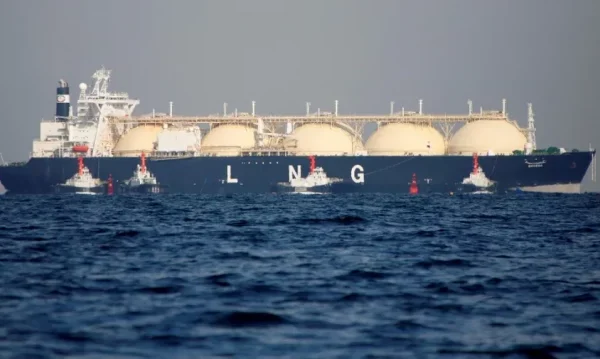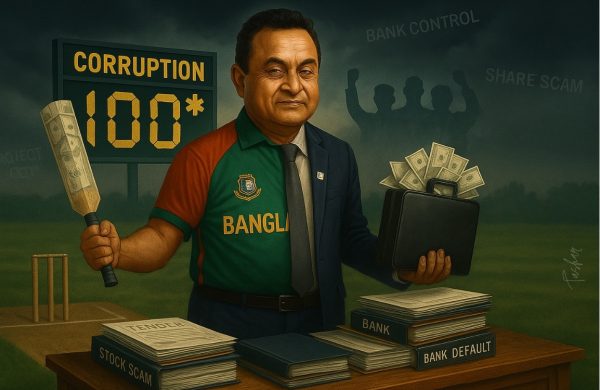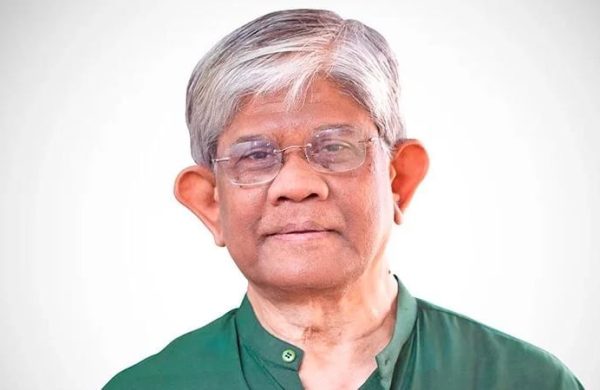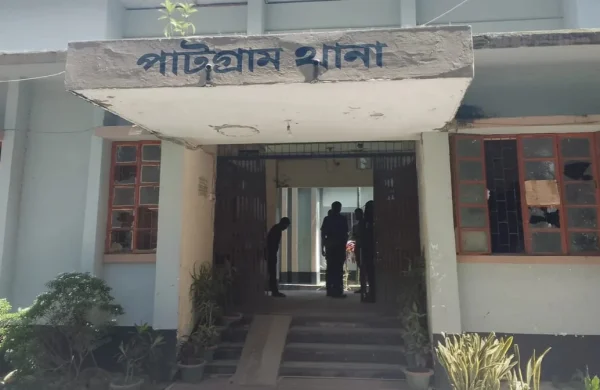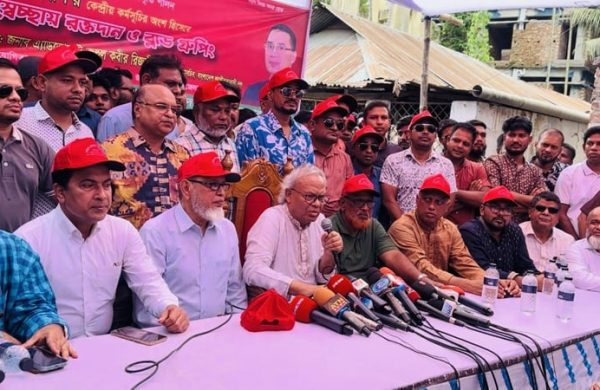What it will take to merge crisis-hit Islamic banks
- Update Time : Thursday, July 3, 2025
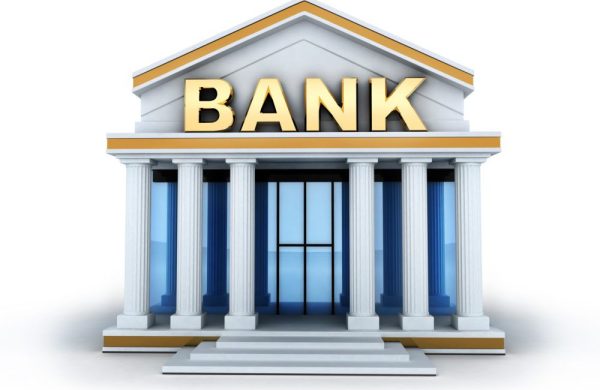
Staff Correspondent:
Five troubled Islamic banks in Bangladesh are facing a staggering combined equity loss of nearly Tk40,000 crore, a sum that must be injected as capital to facilitate their planned merger. This massive shortfall, driven by widespread loan defaults and deposit withdrawals, has created a significant gap between their assets and liabilities.
To address this critical deficit, the government is expected to provide around Tk10,000 to Tk12,000 crore, which will be disbursed gradually over the next two to three years. The remaining capital is planned to be raised by selling seized shares from sponsor directors to new strategic partners, with any unsold portions offered to local investors.
Bangladesh Bank Governor Ahsan H Mansur confirmed to journalist that the decision to merge these banks was primarily due to their substantial equity shortfalls. “These banks cannot continue operating with such a large equity loss,” he stated, adding, “We have already approached the government to take an equity stake by injecting Tk10,000 to Tk12,000 crore.”
The five banks involved in the proposed merger are Exim Bank, Social Islami Bank Limited (SIBL), First Security Islami Bank, Union Bank, and Global Islami Bank. These institutions collectively employ nearly 18,000 people.
JOB SECURITY FOR LOWER-LEVEL EMPLOYEES, NOT TOP MANAGEMENT
Regarding the future of the employees, Governor Mansur assured that job security would be guaranteed for lower-level staff, but not for top management.
He also reiterated that the merger is expected to be finalised by December of this year, with depositors being able to continue banking with their respective institutions in the interim.
S ALAM GROUP’S INFLUENCE AND DIRE DEFAULT RATES EXPOSED
Four of the five banks – SIBL, First Security, Union, and Global – were previously under the ownership of the S Alam Group. Bangladesh Bank has already seized shares from sponsor directors of these banks who have direct or indirect links to the group.
An external auditor’s review of the asset quality across all five banks reveals alarming default rates: Exim Bank’s default loans stand at 28%, SIBL’s at a staggering 60%, while First Security, Union, and Global Islami Bank each report default rates of 95%. A high-level meeting at Bangladesh Bank recently confirmed that the asset-liability gap for these five banks collectively exceeds Tk38,316 crore.
INTERNAL RESISTANCE AND SIGNIFICANT DEPOSIT-ASSET GAP
Despite the gravity of the situation, the Bangladesh Bank has yet to make a formal announcement about the merger, with the Governor only discussing the consideration of such a move in various forums.
Adding to the complexities, a central bank source indicated that Exim Bank and SIBL are reportedly unwilling to proceed with the merger.
DEEP DIVE INTO EQUITY LOSSES AND RISKY LENDING
The banks’ annual reports exposes the individual equity losses: approximately Tk8,000 crore at Exim Bank, Tk6,000 crore at SIBL, a massive Tk16,000 crore at First Security Islami Bank (FSIB), Tk2,000 crore at Global Islami Bank, and nearly Tk6,000 crore at Union Bank.
Cumulatively, as of February this year, these banks hold total deposits of Tk1.40 lakh crore against total loans of Tk1.95 lakh crore, creating a significant deposit-asset gap of Tk55,591 crore. This imbalance, where loans far exceed deposits, directly contravenes the regulator’s advance-deposit ratio of 92% for Islamic banks, putting depositors’ money at considerable risk. Furthermore, 70% of their total loans have already become defaults, according to the asset quality review report.
These five banks collectively employ 17,785 people and operate 1,189 branches and sub-branches nationwide.
EXPERTS QUESTION MERGER LOGIC AND PROCESS
The proposed merger has drawn scrutiny from financial experts. Zahid Hussain, former lead economist at the World Bank’s Dhaka office, emphasised that the Bangladesh Bank must clarify the rationale behind merging these specific institutions. He pointed out that, under existing laws, the central bank should first request resolution plans from individual troubled banks and only consider merger or liquidation if those plans are unviable.
“For instance, Exim Bank and SIBL are not in as deep trouble as the others and are reportedly unwilling to merge. Were they asked to submit their own resolution plans before the merger decision was made?” Zahid questioned. He stressed that while the law permits enforced mergers, a proper process must be followed, including assessing the feasibility of selling bank shares to avoid wasted government funds. He also questioned why liquidation isn’t being considered for the most distressed banks if there’s no hope for recovery. Zahid also called the Governor’s assurance about job and depositor security “unrealistic,” arguing it’s not rational to maintain the same number of branches and employees post-merger.
In contrast, Mustafizur Rahman, distinguished fellow at the Centre for Policy Dialogue (CPD), believes the merger is logical due to the excessive number of banks in Bangladesh and the dire state of the merging institutions. However, he cautioned that Bangladesh Bank must develop a viable model for the new entity, which will likely still require government support to address the large volume of bad debt and maintain provisions. He noted that the central bank is exploring asset sales and a consolidation model to ensure sustainability.
HOW “BRIDGE BANKS” COULD FACILITATE THE MERGER
The Bank Resolution Ordinance, 2025, provides a framework for managing troubled banks. Under this ordinance, the government and central bank can place such institutions under temporary public ownership and use the Bank Restructuring and Resolution Fund for financial support.
To streamline the resolution, the Bangladesh Bank can establish “Bridge Banks”, with the ultimate goal of selling them to third parties. A Bridge Bank can assume all or part of the assets, liabilities, legal rights, and obligations of the resolved bank. While interest rates on time deposits will remain unchanged until maturity, the Bridge Bank will have the authority to revise interest rates on other deposits. Once a Bridge Bank is established, the license of the original troubled bank will be withdrawn, and any remaining assets or liabilities will undergo winding-up procedures.
GOVERNANCE AND LIFESPAN OF BRIDGE BANKS
The Board of Directors and key management personnel of a Bridge Bank must be “fit and proper” individuals, appointed by the Bangladesh Bank. The term of a Bridge Bank is typically limited to two years from the final transfer of assets and liabilities, though the Bangladesh Bank can extend this for one-year increments, up to a maximum of five years. The Bridge Bank will be terminated once its resolution objectives are met, at which point the central bank may choose to merge it with another entity, sell it in whole or in part, or initiate winding-up proceedings.


